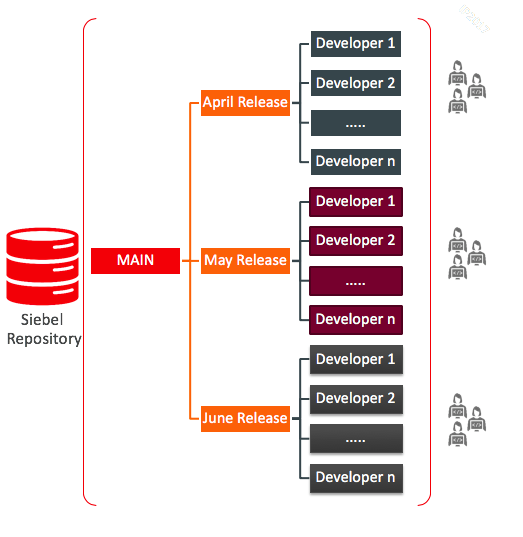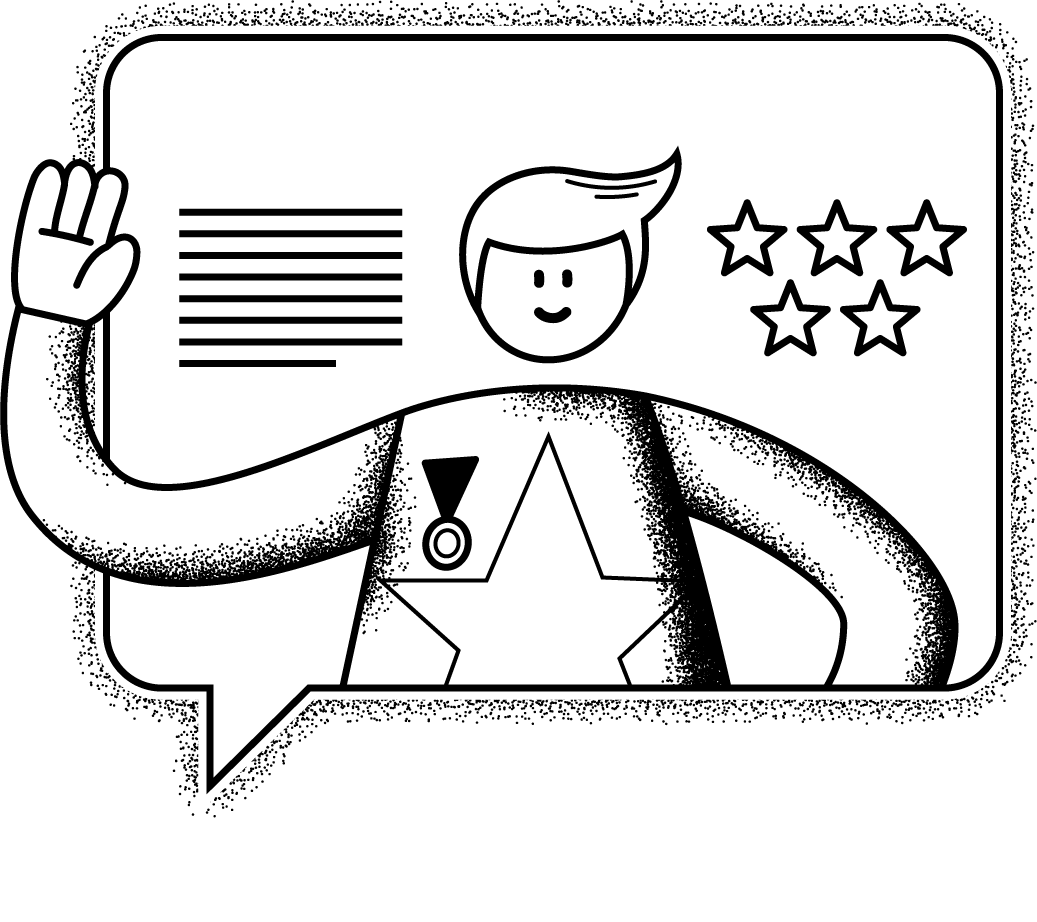Parallel Development using Workspaces
The most recent release of Siebel 17.x/18.x comes packed with features like Workspaces for parallel development, Siebel Management Console, Unified Application Interface running in standard Java based web servers, Runtime Repository, many more. These features are set to revolutionize how Siebel customers configure and manage their CRM applications. These features collectively are moving Siebel to be cloud-ready providing a modern developer experience that enables parallel and collaborative team development.
Over the last couple of releases, several released features has been around improving business and developer agility using Siebel. Workspaces is one such key Siebel functionality that helps with improved agility and also aids parallel release development. To have a successful parallel release development model using Siebel, in addition to repository artifacts, artifacts like data (includes administration and other data), manifest etc need to be supported for workspaces. Siebel 17.x/18.x only supports LOVs for workspace at this time.
At Dymensions, given our commitment to offer solutions to help Siebel customers uptake parallel development using workspaces, we have designed an approach to enable artifacts like data and manifest using workspaces. This solution can be implemented on top of any 17.x/18.x release along with workspaces and helps customers to truly uptake the benefits of parallel release development using Siebel.
Workspaces Characteristics
Starting 17.x/18.x, workspaces support deeper hierarchy with the introduction of integration workspaces. In the realm of parallel release development, an integration workspace could represent a customer’s release whether it is weekly, monthly or quarterly. Siebel supports any levels of hierarchy with workspaces but to get optimal performance, there are some best practices recommended.
- Integration workspaces should ideally not exceed 3 levels of hierarchy
- Workspace strategy dependent on customer’s release strategy and processes. Helps agile development and supports daily, weekly, monthly or quarterly release cycles
- Performance of development using workspaces dependent on number of integration workspaces

Tracking Data using Workspaces
The concept of using workspaces to separate out data changes specific to a release is the key aspect of solution developed by Dymensions.

The key features of the solution include: - Support for data (administration, reference) including manifests at integration workspace level - Administration view to define the data objects to be enabled for workspace
- Ability to develop and test changes including repository, data, manifest etc for a given integration workspace (aka release) to validate the full release - Ability to migrate all artifacts (including administration/reference data) for a particular integration workspace (aka release) from source to target environments (Test, Stage, Performance, Production) using Migration application
In summary, solution support full parallel release development across all artifacts providing true agility to customers. In our subsequent post, we would focus on best practices for doing parallel release development and the various workspace strategies an enterprise can take to fit their release process/cycles.
At Dymensions, we are committed to providing these solutions that will maximize the investment Siebel customers have already make in the product. For a demo of any of the above solutions or for additional details


